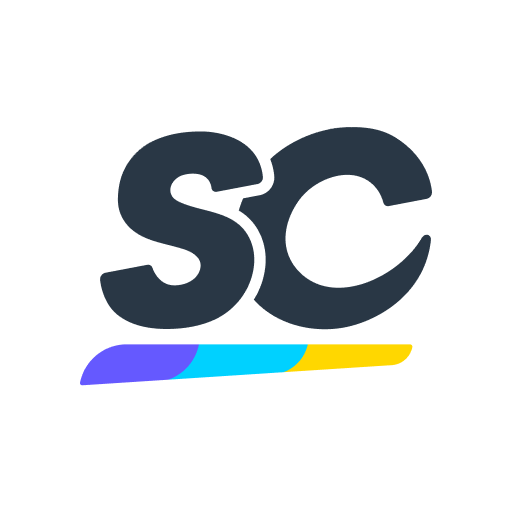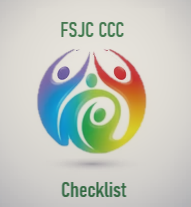Title Page
-
Site conducted
-
Conducted on
-
Inspected By
-
Accompanied By
-
Location
-
Inspection Code: <br>Yes - Meets Standard<br>No - Does Not Meet Standard<br>Not Reviewed <br>On-the-Spot Correction
ENVIRONMENTAL SAFETY
-
Cleaning and sanitation procedures being followed and documented? <br>29 CFR 1910.141; 29 CFR 1926.51; 29 CFR 1928.110; OSHA guidance on Mitigating & prevention of COVID-19 updated 06-10-21
-
Area is free from clutter with materials properly stored safely to prevent fire, tripping or pest hazards <br>29 CFR 1910.22; 29 CFR 1926.25; FSH 6709.11 38.33
-
Clean drinking water is provided (from a fountain or with individual drinking cups) and are the containers clean
-
Ventilation adequate to prevent odors
-
Waste containers kept clean and emptied as needed
-
Spills are cleaned up promptly
-
Floors free from carpeting damage, holes or cracks (tripping hazards) <br>29 CFR 1910.22
-
Ceilings free from damage or missing tiles
-
Lighting fully functional and in good repair <br>29 CFR 1910.269
RESTROOM FACILITIES
-
Toilets and washing facilities clean and stocked with supplies (soap, towels, toilet paper)
-
Fixtures in toilets and washing facilities working and in good repair
-
Tilework clean and free from damage
-
Showers, sinks and toilets free from leaks
STORAGE
-
Storage racks tightly assembled and free of sagging from overload or damage
-
Storage areas kept free of tripping and fire hazards
-
Materials stored to ensure liquids are kept below paper products
-
Employees have a safe way to stock and unstock the shelves
-
Cleaning supplies properly labeled
-
Mopping supplies properly cleaned and stored
-
Materials stored to ensure liquids are kept below/away from paper products
HAZARDOUS CHEMICALS
-
Eye wash stations serviceable, inspected, not blocked, signposted, tested weekly and signed off <br>NFPA 101 ANSI Z358.1 Sec5.5.2; CFR 29 1910.132
-
Procedures in place and being followed for obtaining and returning hazardous chemicals
-
Containers of hazardous materials clearly labeled with their contents
-
Chemicals stored according to the manufacturer’s recommendations and local or national fire codes.
-
Safety Data Sheets (SDS) available, up-to-date and can students demonstrate their use
-
Flammable or toxic chemicals kept in closed containers when not in use
-
Personal protective clothing and equipment used (gloves, eye protection, etc.) when handling chemicals
-
Signage prohibiting eating in areas where hazardous chemicals are present?
STUDENT LIVING AREA (BAYS/ROOMS)
-
Free from clutter with materials properly stored safely to prevent fire, tripping or pest hazards 29 CFR 1910.22; 29 CFR 1926.25; FSH 6709.11 38.33
-
Floors free from carpeting damage, holes or cracks (tripping hazards)<br>29 CFR 1910.22
-
Window sills, curtains/shades clean and in good repair
-
Walls and ceiling and walls painted and in good repair
-
Lighting fully functional and in good repair <br>29 CFR 1910.269
-
Ventilation adequate, no odors
-
Trash cans clean and in good repair
-
Lockers and beds numbered, clean and in good repair
-
Outlets working and free from damage with covers intact <br>CFR 1910.303(b)(1), 1910.304, NEC Section 210.52
-
No unauthorized extension cords in use
-
Area free from damaged, worn or unsafe messaging
ELECTRICAL SAFETY
-
Extension cords used only for temporary use with correct voltage and rated for usage? <br>CFR 1910.269
-
Power cords free of splices, taps, and damaged insulation?
-
Electrical parts on tools, equipment, building wiring, and electrical panels enclosed to prevent contact?
-
Circuits become overloaded If so why?
-
Breaker boxes clear and can they be accessed when needed
-
Electrical cords and equipment used at wet locations have waterproof covers or seals to keep moisture out
-
Outlets and covers in good condition with GFCI circuits being used in wet locations <br>CFR 1910.303(b)(1), 1910.304, NEC Section 210.52
-
FIRST AID
-
First aid kit complete (A list of required items inside each kit is helpful)
-
AED machines inspected to ensure good working order with current batteries (not expired)
-
First aid and blood borne pathogen kits available, accessible and stocked using a list of required items posted CFR 1910.151(b), 1926.50( c ), ANSI/ISEA Z3-8.1, 1910.151 , 1926.50(d)(1), PRH Exhibit 5-4
FIRE SAFETY
-
Fire extinguishers present in their correct location <br>PRH-5.9-R5.a-f ; CFR 1910.157(c)(1) and(4) NFPA 10
-
Fire extinguishers with pressure gauges show correct pressure? PRH 5.9-R5.a-f; CFR 1910.157.(c) (4) NFPA 10
-
Extinguishers free from signs of corrosion (incl. tap-test) PRH-5.9R5.a-f; CFR 1910.157(f)(2)(iii) NFPA 10
-
Alarm pull stations, carbon monoxide and smoke detectors in good working order <br>CFR 29 1910.164
-
Fire extinguishers tagged, serviced and inspected by the building manager or designee CFR 29 1910.157( c )(1), NFPA 10
-
Fire alarm panel unobstructed and in good working order <br>NFPA 72 NFPA 70 29 CFR. 164-165;
ESCAPE ROUTES AND EXITS
-
Occupancy loads posted with adequate exit discharge routes that lead outside <br> 1910.36 (c)
-
Exits clearly marked, well lit and free from obstruction <br>CFR 1910.37(a)(3) ;NFPA 101B
-
Internal fire doors closed (not wedged open) <br>NFPA LSC 19.3.6.3.10
-
-
Exterior exit doors open easily from the inside without a key <br>CFR 1910.36 (d)(1)
-
External pathways from the exits away from the building clear <br>CFR 1910.37 (b) (4) 1910.37 (d) (1)
-
Has the area documented a safety drill in the past 30 days?
Sign Off
-
Name and Signature









